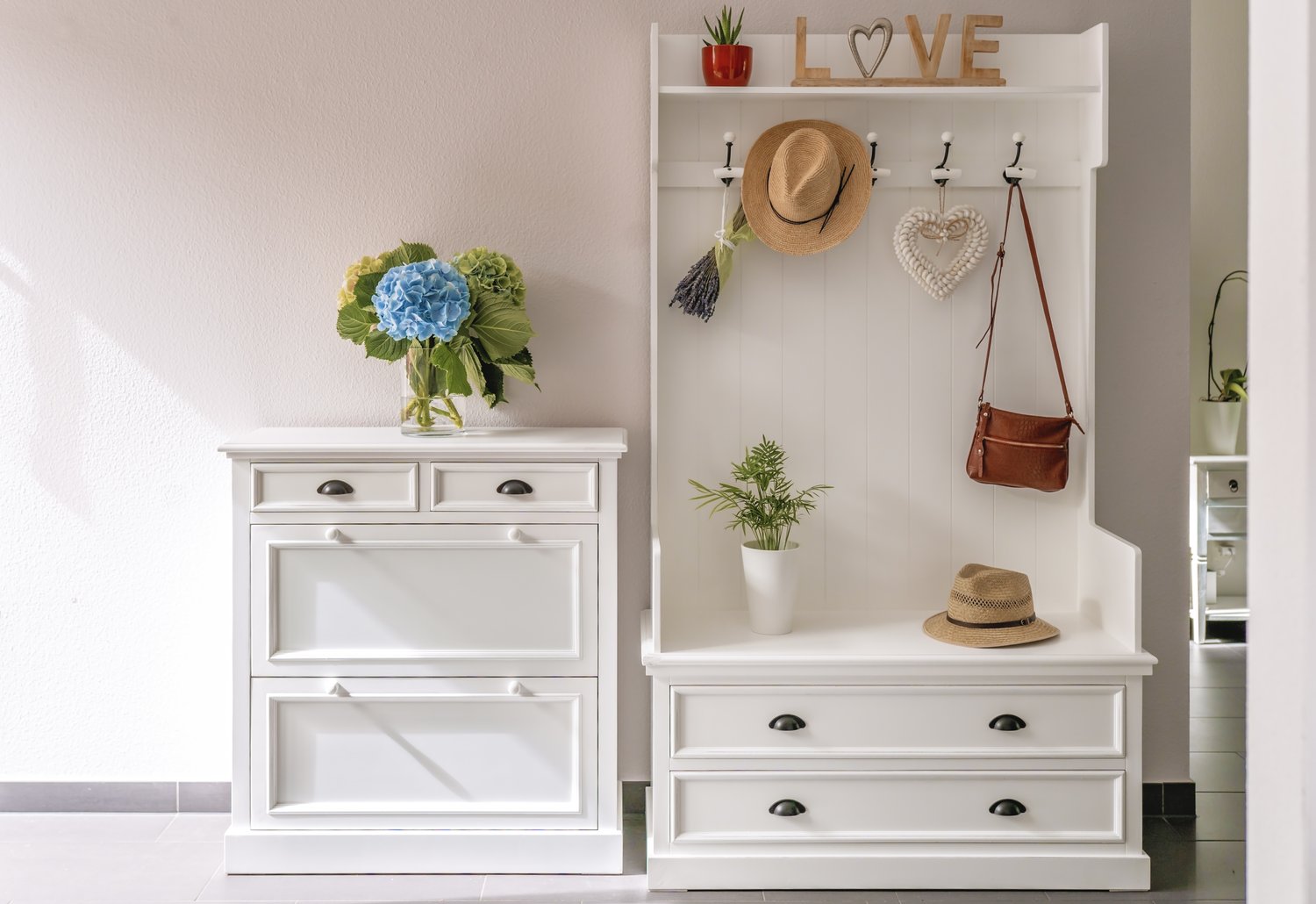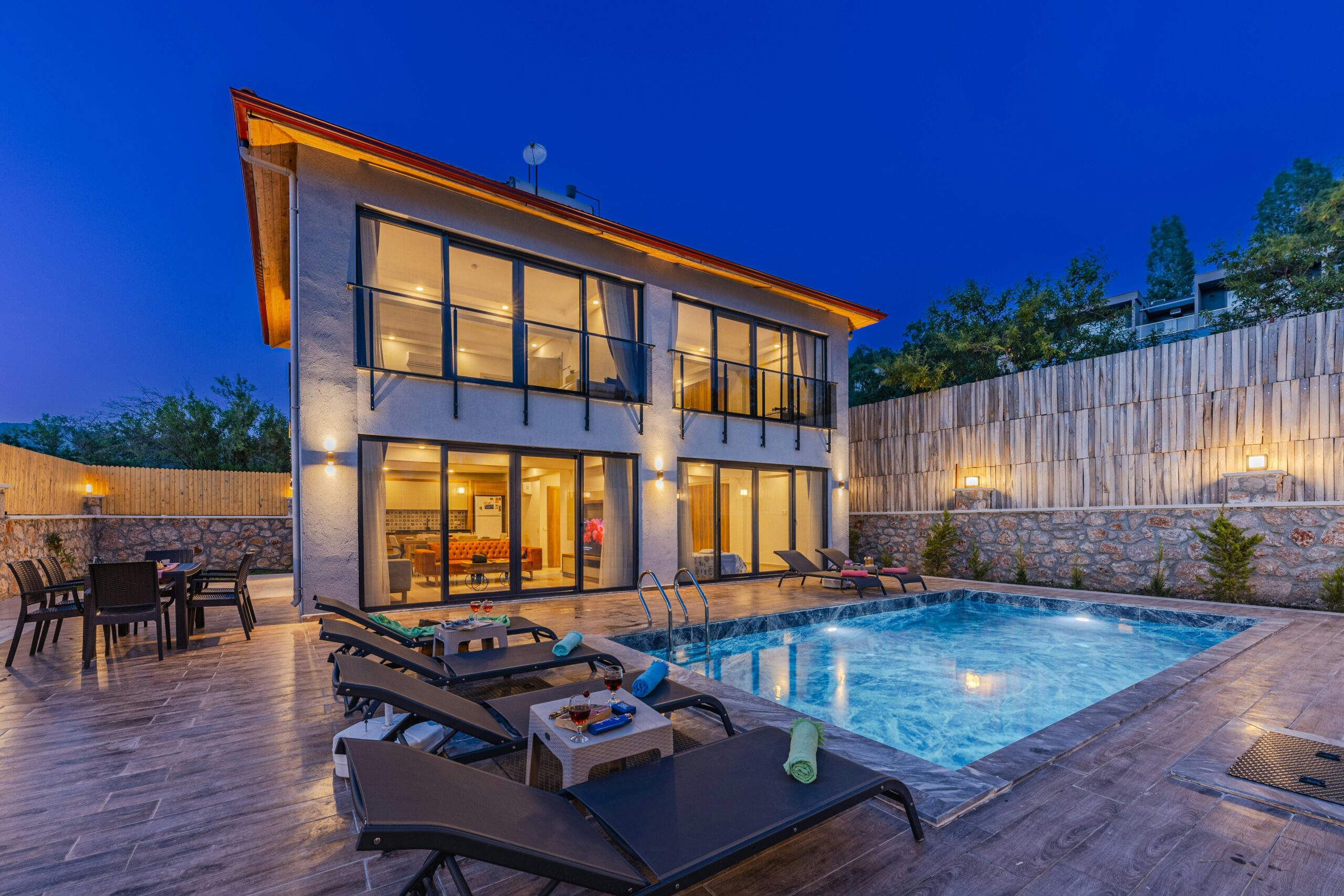When planning a new roof installation or replacement, one critical factor that often gets overlooked is roof pitch—the measurement of your roof’s steepness. Roof pitch significantly influences which materials are suitable for your home, how complex the installation will be, and ultimately, how much you’ll pay. Understanding the relationship between roof pitch and materials is essential whether you’re building a new structure or replacing an existing roof. This article examines how different roof pitches impact material options, installation requirements, and overall project costs.
Understanding Roof Pitch Measurements
Roof pitch is typically expressed as a ratio that represents the vertical rise compared to the horizontal run. For example, a 6:12 pitch means the roof rises 6 inches for every 12 inches of horizontal distance. The roof pitch explained impact becomes clearer when categorizing roofs as low-slope (2:12 to 4:12), medium (4:12 to 9:12), or steep (9:12 and above). Each category presents different challenges and benefits that directly affect material selection.
Traditional pitch notation can sometimes be confusing for homeowners. Some contractors might refer to pitch as an angle (such as 30 degrees) instead of a ratio. When discussing your roofing project with professionals, ensure you understand which measurement system they’re using to avoid miscommunication. You can always consult resources like AskHomey to connect with qualified roofers who can help explain these technical aspects in simple terms.
Low-Slope Roof Considerations
The comparison between low slope vs steep roof cost reveals significant differences in material options. Low-slope roofs (below 4:12 pitch) require specialized materials that create watertight seals because they don’t shed water as efficiently as steeper roofs. Traditional asphalt shingles generally aren’t recommended for pitches below 3:12 because water can back up under the shingles and cause leaks.
For low-slope applications, membrane roofing systems like EPDM (rubber), TPO (thermoplastic polyolefin), or modified bitumen are preferred choices. These materials create continuous waterproof barriers rather than relying on overlapping pieces. Metal roofing with standing seams is another viable option for low slopes, though the minimum pitch shingle metal roof requirements differ between manufacturers, with most requiring at least a 2:12 pitch for metal panels.
Installation costs for low-slope roofs often exceed those of medium-pitched roofs because of the specialized materials and additional waterproofing measures required. Labor costs may increase due to the extra care needed during installation to ensure proper sealing against water intrusion.
Medium-Pitch Roof Options
Medium-pitch roofs (4:12 to 9:12) offer the widest range of material choices. This pitch range works well with nearly all roofing materials, including asphalt shingles, metal panels, clay or concrete tiles, wood shakes, and slate. The versatility of medium pitches makes them the most common choice for residential construction.
The installation process on medium-pitched roofs strikes a balance between safety and efficiency. Workers can navigate these slopes without specialized equipment in most cases, though safety harnesses are still essential. The roof pitch explained impact on installation is evident in both labor costs and project timelines, with medium pitches typically being the most economical to work with.
Material costs for medium-pitched roofs are generally lower than for low-slope roofs because standard materials like asphalt shingles perform well at these angles. The combination of material versatility and simpler installation makes medium-pitched roofs cost-effective for most homeowners.
Steep-Pitch Challenges and Benefits
Steep roofs with pitches above 9:12 create dramatic architectural statements but present unique challenges for installation. The primary concern is worker safety, as steeper slopes require specialized equipment, scaffolding, and harness systems. These additional safety measures increase labor costs significantly compared to less steep roofs.
Material choices for steep roofs need to withstand the forces of gravity more effectively. Heavy materials like slate or clay tiles may require additional structural support. However, steep roofs excel at shedding water, snow, and debris, which can extend the lifespan of roofing materials and reduce maintenance needs over time.
The steep vs low slope roof cost difference becomes apparent in labor expenses. Installation on steep roofs can cost 25-50% more than on medium-pitched roofs due to slower work pace, safety requirements, and more complex material handling. However, this increased initial investment may pay dividends through better performance and longer material life expectancy.
Long-Term Cost Implications of Roof Pitch
When evaluating the total cost impact of roof pitch, consider both initial installation expenses and long-term maintenance needs. Steeper roofs typically experience fewer problems with water pooling and debris accumulation, potentially extending the roof’s lifespan. Conversely, low-slope roofs may require more frequent maintenance and earlier replacement despite potentially lower initial material costs.
Climate also influences the relationship between pitch and long-term costs. In regions with heavy snowfall, steeper roofs prevent snow accumulation and reduce the risk of structural damage. In hurricane-prone areas, certain pitch ranges may perform better against high winds, potentially reducing insurance premiums and repair costs over time.
For more tips and to connect with reliable home service professionals, follow AskHomey on Facebook and Instagram.



